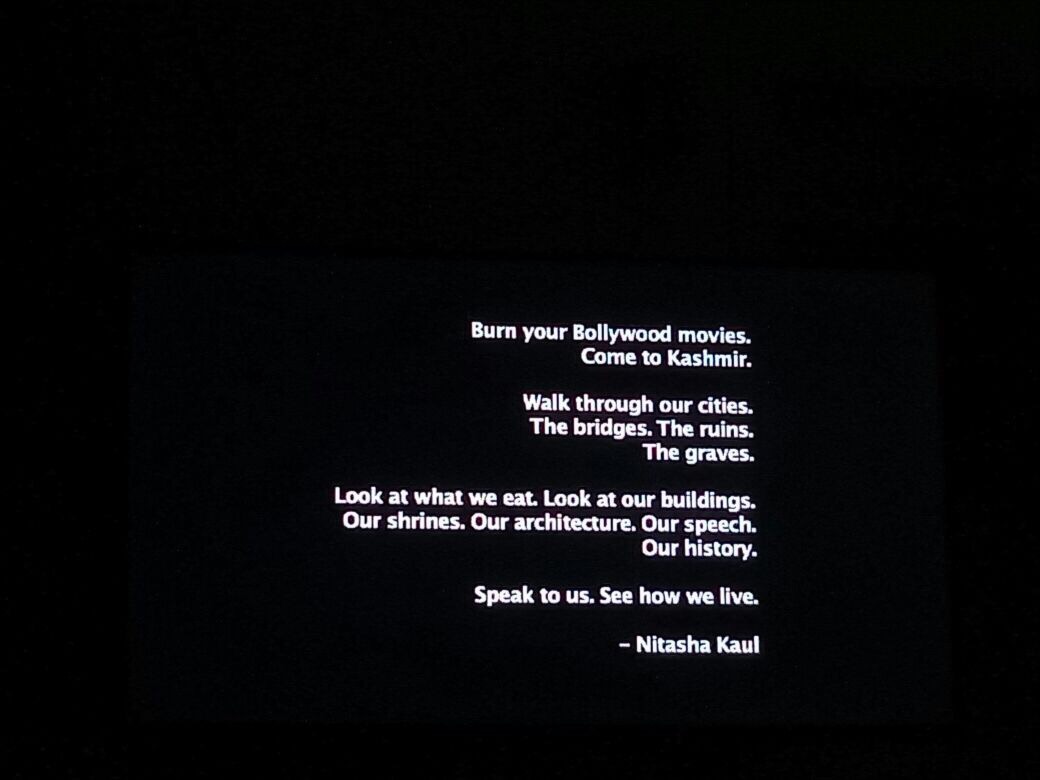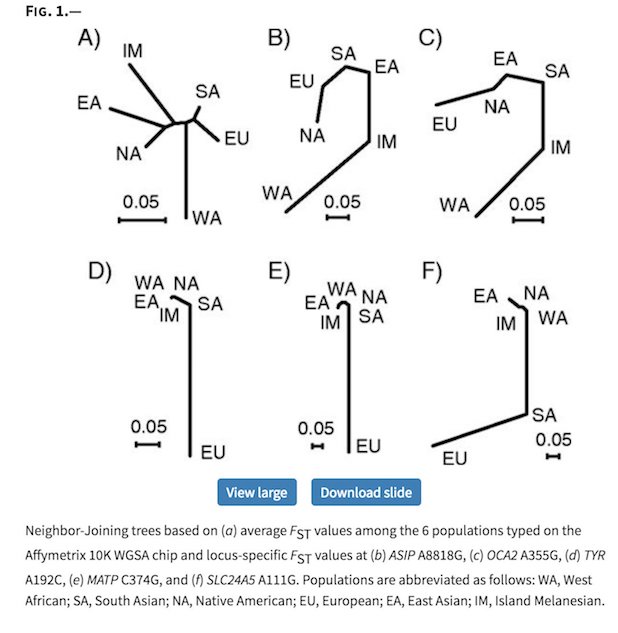My friend Ammar wrote up this very informative article for The News on ChinPak relations:
In 1960, Zulfikar Ali Bhutto, Pakistan’s natty and cocky minister in President Ayub Khan’s cabinet, abstained from voting on, instead of voting against, China’s membership of the United Nations. Using his discretionary powers as head of his country’s delegation to the United Nations in New York, Bhutto, by abstaining, had sent a personal signal to China about his preferred direction for Pakistan’s foreign policy. However, his action elicited strong protest from Washington, Pakistan’s closest ally, and Bhutto’s discretionary powers were revoked by Pakistan’s foreign minister.
Hardly a decade after independence from the British, Pakistan, at that time, was firmly entrenched in the Washington camp as a member of anti-Communist blocs such as CENTO and SEATO. On the other hand, India and China, during the 1950s, enjoyed a close relationship as leading anti-colonial and non-aligned states equidistant, politically, from both Washington and Moscow. The winds of change began to blow in 1959 when Tibet crises erupted and led to a full-blown Indo-China war in 1962; it resulted in a humiliating defeat for India and provided an opportunity to Islamabad to improve relations with Beijing.
Six decades after Bhutto’s flirting with the Chinese at New York, the relationship between Pakistan and China has mutated into a reputed “all-weather” friendship; it also shows how strategic interests can successfully trump a bewildering array of cultural, economic, physical and security obstacles. It was the mutual hostility towards India, the common neighbour, which brought Pakistan and China together for the first time; over the decades, China has become Pakistan’s chief diplomatic partner, its main arms supplier, and the most trusted friend to whom it turns at the first whiff of trouble or peril.
Pakistan tried to play China card in 2011 after American raid on Abbottabad to capture Osama bin Laden. It is important to note that China, at that time, rebuffed Pakistan’s efforts and advised Islamabad to mend its relations with Washington.
In the coming decades, with the recently signed US $60 billion economic projects, known as China Pakistan Economic Corridor (CPEC), China is slated to become the principal financier of economic projects in Pakistan. CPEC has been touted as a game-changer and forms an integral part of China’s ‘One Belt One Road’ strategic vision for the region. Athough China’s relations with India, since the 1962 war, have improved significantly resulting in billions of dollars’ worth of trading deals, Chinese investment and interest in Pakistan’s economic projects form the centre-piece of its confident economic and strategic policy for the whole neighbourhood.
Apart from India, Pakistan’s nuclear programme and its relations with Washington, situation in Afghanistan, war on terror and against militants after 9/11 are other important areas on which Pakistan-China dialogue and cooperation have focused. In the early 1970s, Pakistan played the matchmaker role between Washington and Beijing when China became member of the United Nations and established diplomatic relations with the United States.
China sided with Pakistan during its two wars with India in 1965 and 1971 but did not intervene or open any front with India; Washington discontinued military aid to Pakistan in 1965 and failed to exert any meaningful pressure on Indira Gandhi in 1971 despite then recent and successful diplomatic efforts by Pakistan to bring Washington and Beijing closer to each other.
Pakistan was disappointed by the failure of both Chinese and Americans to come to its rescue in the 1971 war against India; both countries paraded their sympathies without offering much in material support to Pakistan who lost one-fifth of its territory and half its population in this catastrophic war. Pakistan realised the limits of diplomacy or military alliances, when it came to its two allies, and turned towards a strategic deterrent, the nuclear bomb option, to bolster its defense against traditional rival India.
Although China did not intervene during the 1971 war with India, it has emerged as the main arms supplier to Pakistan. More importantly, as Andrew Small argues in his book, it was in the realm of nuclear cooperation that Pakistan-China relationship bound forward and assumed a distinctive character of its own. Andrew Small has written a fascinating and compelling book titled The China-Pakistan Axis — Asia’s New Geopolitics.
Small has worked on Chinese foreign policy and economic issues in a number of capitals across the globe and is presently serving as a Transatlantic Fellow at the George Marshall Fund in Washington D.C. His book crackles with insight and information on topics such as Beijing’s extraordinary and essential support to Pakistan’s nuclear programme and defence planning, their strategic cooperation on India, the United States and Afghanistan, and the implications for counterterrorism efforts.
China, as a matter of its policy, has eschewed military or defense alliance with Pakistan but has whole-heartedly supported its hugger mugger efforts to acquire nuclear capability — the ultimate means of self-defense — and develop or upgrade ballistic missiles system. Pakistan, on its part, has also extended full support to China by readily giving access to western military equipment, including the American missiles which landed in Pakistan or the US Marines’ helicopter that crashed in Abbottabad in 2011 during the raid to capture Osama bin Laden, so that Chinese engineers can copy western military equipment through reverse engineering.
In 1966, a few months after the war with India, when Chinese Premier visited Pakistan he was cheered by jubilant crowds and welcomed by a phalanx of Pakistani officials in Lahore, prompting the US Consul General in the city to bemoan that “Pakistan is lost”. Decades later, China’s military chief General Xiong Guangkai, during his exhaustive parleys with his American counterparts, remarked that Pakistan is China’s Israel. China has also timed its missile sales to Pakistan, Washington noted, as a retaliatory move to US sales of F-16s to Taiwan in 1992.
Strategically, Beijing views Pakistan as a counter-balance to India but at the same time wants Pakistan-US relations to be robust as this places limits on the scope of US-India relations. It also means that Pakistan does not become an issue of tension in US-China ties and more importantly does not impact Sino-Pakistan security ties due to Washington’s pressure or sanctions.
After the Lal Masjid incident in 2007, terrorism in Pakistan assumed menacing proportions till Pakistan army cleared the militants from FATA and Swat following a series of failed agreements. China, as a matter of policy, has advised Pakistan to control and combat militancy which is a threat to both Pakistan’s society and state and can potentially derail Chinese growing investment in Pakistan’s economic projects.
More importantly, Pakistan has become the most dangerous overseas location for Chinese workers. China may have been sympathetic to the blowback argument used by Pakistan’s officials in the past to justify its reluctance to move decisively against militants but as China’s stake in Pakistan’s economy expands, Pakistan’s security apparatus will likely come under increasing Chinese pressure to step up its anti-militants drive.
On Afghanistan, a stable settlement, which also includes reconciliation with Taliban, is the preferred option for China who does not want Afghanistan to become a safe haven for Uygur militants, actively operating in China’s provinces, or descend into chaos so that it becomes a threat to China’s growing interests in the region. It is not in China’s interest that Washington should walk away immediately leaving Afghanistan without a workable solution and at the mercy of militants.
Despite military cooperation with Pakistan over the decades, China, during the Kargil war in 1999, coordinated its efforts with Washington and prodded Pakistan to de-escalate the situation by pulling back its forces from the theatre of war. However, in 2002, following attack on Indian Parliament, and later in 2008, in the aftermath of Mumbai attacks, China, in coordination with Washington and other Western capitals, exerted pressure on India to bring down the temperature as the situation had become quite tense and febrile on both occasions.
Small forcefully avers that if the US approach to India over the last decade has been one of de-hyphenation from Pakistan, China’s has been one of re-hyphenation. In response to US-India nuclear power deal, China has signed up new nuclear power plant agreements with Pakistan. China is heavily involved in developing Gwadar, Pakistan’s deep water port off the Balochistan coast. In 2015, Pakistan and China signed a US $5 billion deal for sale of eight Chinese submarines to Pakistan, making it the largest Chinese defense deal to date and facilitating Pakistan’s nuclear capability in the shape of sea-based deterrent.
There is a consensus on the side of Pakistan’s both civilian and military leadership to sign up to CPEC. If Pakistan’s relations with China were unaffected by Bhutto’s hanging in 1979, despite Chinese efforts to save him, it is quite certain that Pakistan-China relationship is not hostage to any political or military leader’s presence on the scene or staying in power of any specific political party in Pakistan.
Pakistan tried to play China card in 2011 after American raid on Abbottabad to capture Osama bin Laden. It is important to note that China, at that time, rebuffed Pakistan’s efforts and advised Islamabad to mend its relations with Washington. In the past, China has made limits of its support clear to Islamabad on different occasions. However, as Small argues, China’s increased investment and involvement, during the last decade, in Pakistan’s economic landscape and security deals might have changed the nature and calculus of Sino-Pakistan relationship.
China will increasingly defend Pakistan in face of future American pressure but at the same time will exert more pressure of its own to steer Pakistan towards a path which is economically beneficial but will place constraints on the free hand that Pakistan’s military and civilian elite has hitherto enjoyed in their decision-making.




